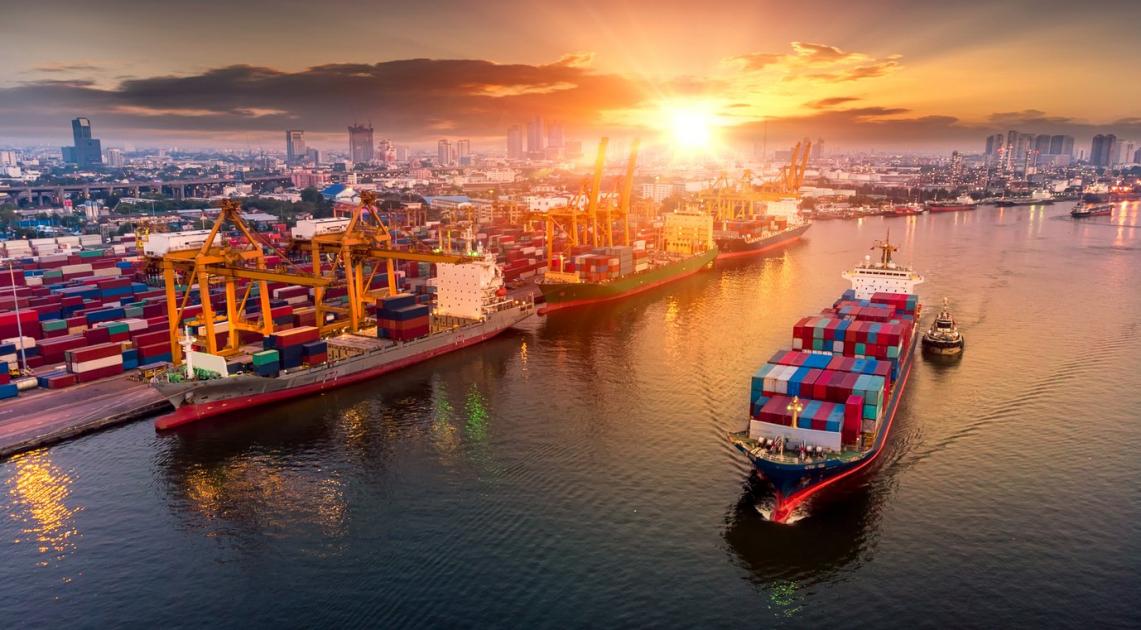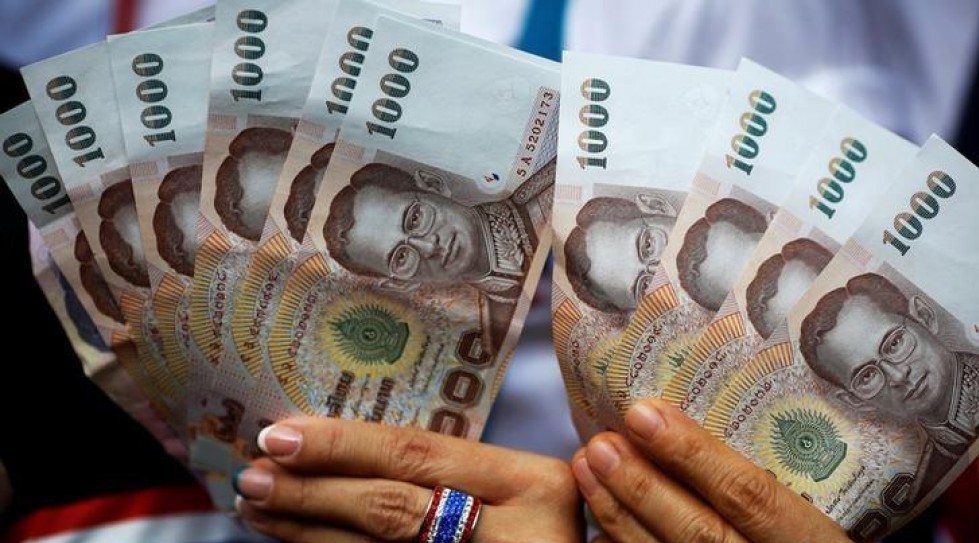Even though in aggregate, trade leads to economic gains, it almost always creates winners and losers.
To design appropriate social protection policies, it is important to know the identities of these winners and losers.
These policies need to be in place for equity reasons as well as to build and sustain support for free trade.
Winners and losers
To determine the identity of potential winners and losers, we can divide the population in several different ways. For example, for every good produced, we have two main groups, namely producers and consumers.
In this context, what researchers have found for the various Asian countries they have studied is that trade liberalization improves productivity through greater competition from imported products as well as through cheaper and a greater variety of inputs.
They also find the input channel to be the stronger of the two. At the same time, trade liberalization affects price-cost markups.
While greater competition through trade lowers the monopoly power of domestic firms and reduces these markups, cheaper inputs give firms or producers the scope for greater profit margins and markups.
The net effect of these two channels results in lower prices faced by consumers and improvement in their welfare.
At the same time, due to the dominance of the input-related channel, firm profitability could also go up.
Moving to poverty and inequality
Moving to poverty and inequality, there have been huge reductions in poverty all over Asia arising from opening to trade.
The two largest Asian countries, the People’s Republic of China (PRC) and India, have experienced large reductions in poverty, brought about by their impressive growth since liberalizing their trade regimes.
The PRC has had a better performance than India in both growth and poverty reduction. However, while both have witnessed an increase in inequality, the PRC’s rise in inequality has been much sharper. While the World Bank’s $1.90-a-day poverty rate for India in the 1980s was about 55%, it is about 20% now.
The PRC, within the same period, has brought down its poverty rate drastically from almost 70% to 1% now. The Gini inequality index for India has increased from 32 to 34, while for the PRC it has gone up from 28 to 42. While the ratio of the top 10% to the bottom 10% within the last 3 decades increased from roughly 7 to 8 in India, it has increased from 6 to 18 in the PRC.
The impact of trade opening on developing Asia: Evidence and policy implications | Asia Pathways
About the author
ADB is committed to achieving a prosperous, inclusive, resilient, and sustainable Asia and the Pacific, while sustaining its efforts to eradicate extreme poverty.









